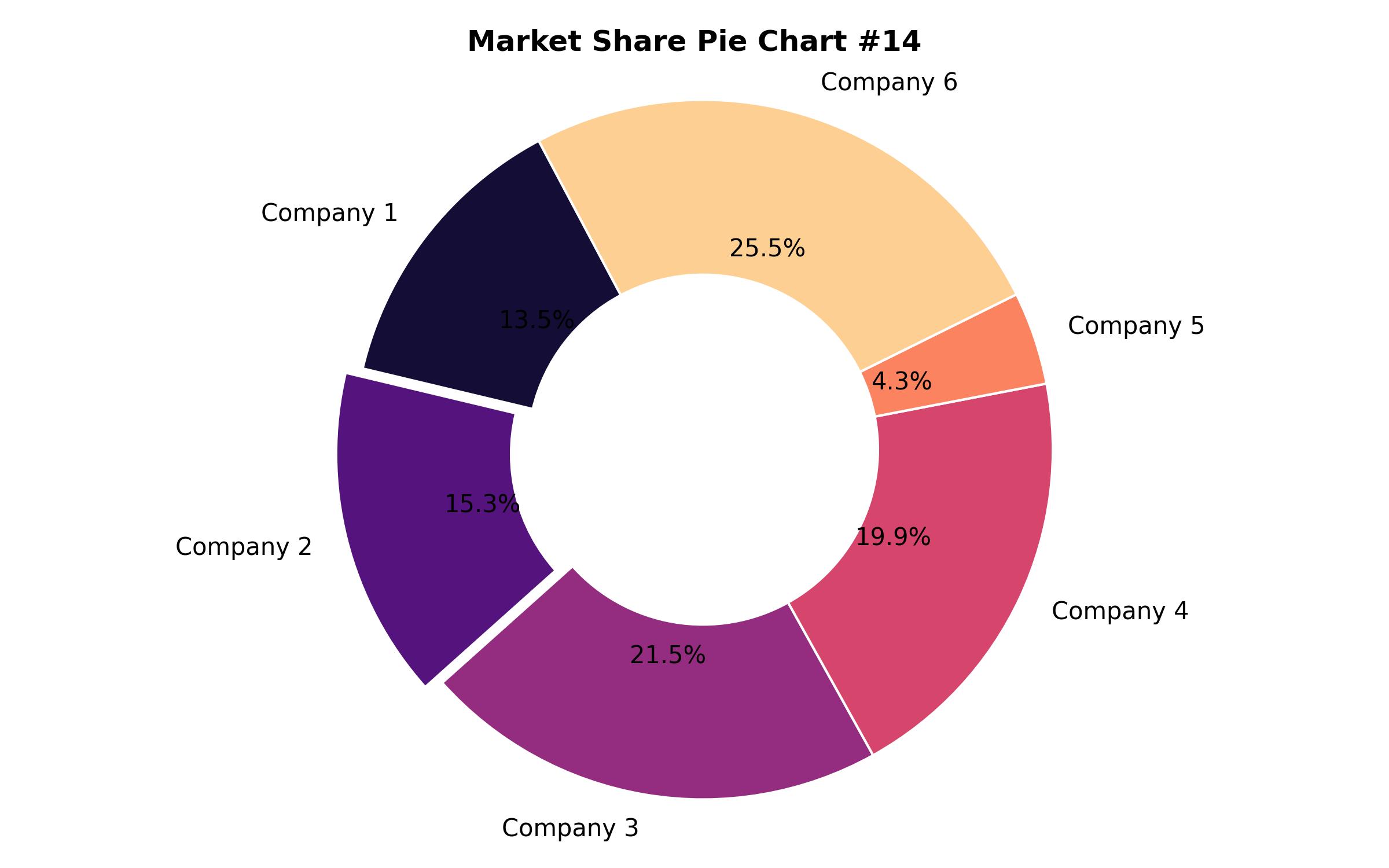Comprehensive Analysis of the Hepatic Encephalopathy Treatment Market: Trends, Segmentation, and Forecasts to 2035
Overview:
The global hepatic encephalopathy treatment market is poised for substantial expansion in the coming years. The market is anticipated to reach USD 1.68 billion in 2025, driven by increasing prevalence and improved diagnostic approaches. With a compound annual growth rate (CAGR) of 6.84%, the market is projected to attain a valuation of USD 3.16 billion by 2035. This growth is primarily propelled by the rising incidence of liver diseases globally, necessitating advanced treatment options for hepatic encephalopathy.
Innovations in diagnostic techniques, particularly the adoption of artificial intelligence for precise and timely diagnoses, are significantly impacting patient management. Early and accurate detection of hepatic encephalopathy enables prompt intervention, improving patient outcomes and quality of life. The enhancement of diagnostic tools is facilitating better stratification of patients, leading to more tailored and effective treatment strategies.
The pharmaceutical landscape is witnessing the introduction of novel drug classes and therapeutic approaches, contributing to market growth. Lactulose and rifaximin remain the cornerstone treatments, while emerging therapies such as L-ornithine L-aspartate (LOLA) and ammonium detoxicants are gaining traction. The development of varied formulations and routes of administration further enhances treatment efficacy and patient compliance.
Regional dynamics play a crucial role, with North America and Europe currently dominating the market due to advanced healthcare infrastructure and higher awareness levels. However, the Asia-Pacific region is expected to exhibit the highest growth rate, driven by increasing healthcare expenditure and a large patient pool. The competitive landscape is characterized by the presence of key players and ongoing research and development activities aimed at developing innovative solutions.
The increasing aging population and associated rise in chronic liver diseases are significant factors driving market expansion. Furthermore, growing awareness about hepatic encephalopathy among healthcare professionals and the general population is contributing to earlier diagnosis and treatment. The market is also benefiting from supportive regulatory policies and initiatives promoting the development and approval of new therapies.
Healthcare providers’ increasing emphasis on improving patient outcomes and reducing hospital readmission rates is fueling the demand for effective hepatic encephalopathy treatments. The adoption of multidisciplinary approaches involving hepatologists, neurologists, and other specialists is improving patient care and optimizing treatment strategies. These collaborative efforts are enhancing the overall management of hepatic encephalopathy, leading to better clinical results.

Year On Year Growth Chart
“`html
| Report Attribute | Details |
|---|---|
| Market Size in 2025 | USD 1.68 billion |
| Revenue Forecast for 2035 | USD 3.16 billion |
| Growth Rate (CAGR) | 6.84% from 2025 to 2035 |
| Base Year for Estimation | 2024 |
| Historical Data | N/A |
| Forecast Period | 2025 – 2035 |
| Quantitative Units | Revenue in USD million/billion and CAGR from 2025 to 2035 |
| Report Coverage | Revenue forecast, company market share, competitive landscape, growth factors, and trends |
| Covered Segments | Drug Class, Diagnosis, Route of Administration, Distribution Channel, and Region |
| Regional Scope | North America, Europe, Asia Pacific, Latin America, MEA |
| Country Scope | U.S., Canada, Mexico, U.K., Germany, Italy, Poland, China, India, Japan, Australia, South Korea, Brazil, UAE, KSA, South Africa |
| Key Companies Analyzed | Bausch Health Companies Inc., Salix Pharmaceuticals, Mallinckrodt Pharmaceuticals, Horizon Therapeutics, Lupin Pharmaceuticals, Meda Pharmaceuticals |
| Customization Options | Free report customization (up to 8 analysts working days) with purchase. Changes to country, regional, and segment scope |
| Pricing and Purchase Options | Customizable purchase options for tailored research needs |
“`

Key Companies Market Share
Report Coverage & Deliverables
- Market Trends And Dynamics
- Competitve Benchmarking
- Historical data and forecasts
- Value/Volume analysis
- Company revenue shares and key strategies
- Regional opportunities
This is an indicative segmentation. Please request a sample report to see detail segmentation of this market.
Detailed Market Segmentation
- By Drug Class
- Lactulose
- Rifaximin
- L-Ornithine L-Aspartate (LOLA)
- Ammonium Detoxicants
- By Diagnosis
- Minimal Hepatic Encephalopathy (MHE)
- Overt Hepatic Encephalopathy (OHE)
- By Route of Administration
- Oral
- Injectable
- By Distribution Channel
- Hospital Pharmacies
- Retail Pharmacies
- Online Pharmacies
- By Region
- North America (U.S., Canada, Mexico)
- Europe (U.K., Germany, France, Italy, Poland)
- Asia-Pacific (China, India, Japan, Australia, South Korea)
- Latin America (Brazil, Argentina)
- Middle East & Africa (UAE, Saudi Arabia, South Africa)
Table of Content
- Executive Summary
- Market Overview
- Key Market Trends
- Market Drivers and Restraints
- Impact of AI in Diagnostics
- Hepatic Encephalopathy Pathophysiology
- Epidemiology of Liver Diseases
- Market Analysis by Drug Class
- Lactulose
- Rifaximin
- L-Ornithine L-Aspartate (LOLA)
- Ammonium Detoxicants
- Market Analysis by Diagnosis
- Minimal Hepatic Encephalopathy (MHE)
- Overt Hepatic Encephalopathy (OHE)
- Market Analysis by Route of Administration
- Oral
- Injectable
- Market Analysis by Distribution Channel
- Hospital Pharmacies
- Retail Pharmacies
- Online Pharmacies
- Regional Market Analysis
- North America
- Europe
- Asia-Pacific
- Latin America
- Middle East & Africa
- Competitive Landscape
- Key Company Profiles
- Regulatory Environment
- Market Forecast 2025-2035
- Research Methodology
- Assumptions and Acronyms
